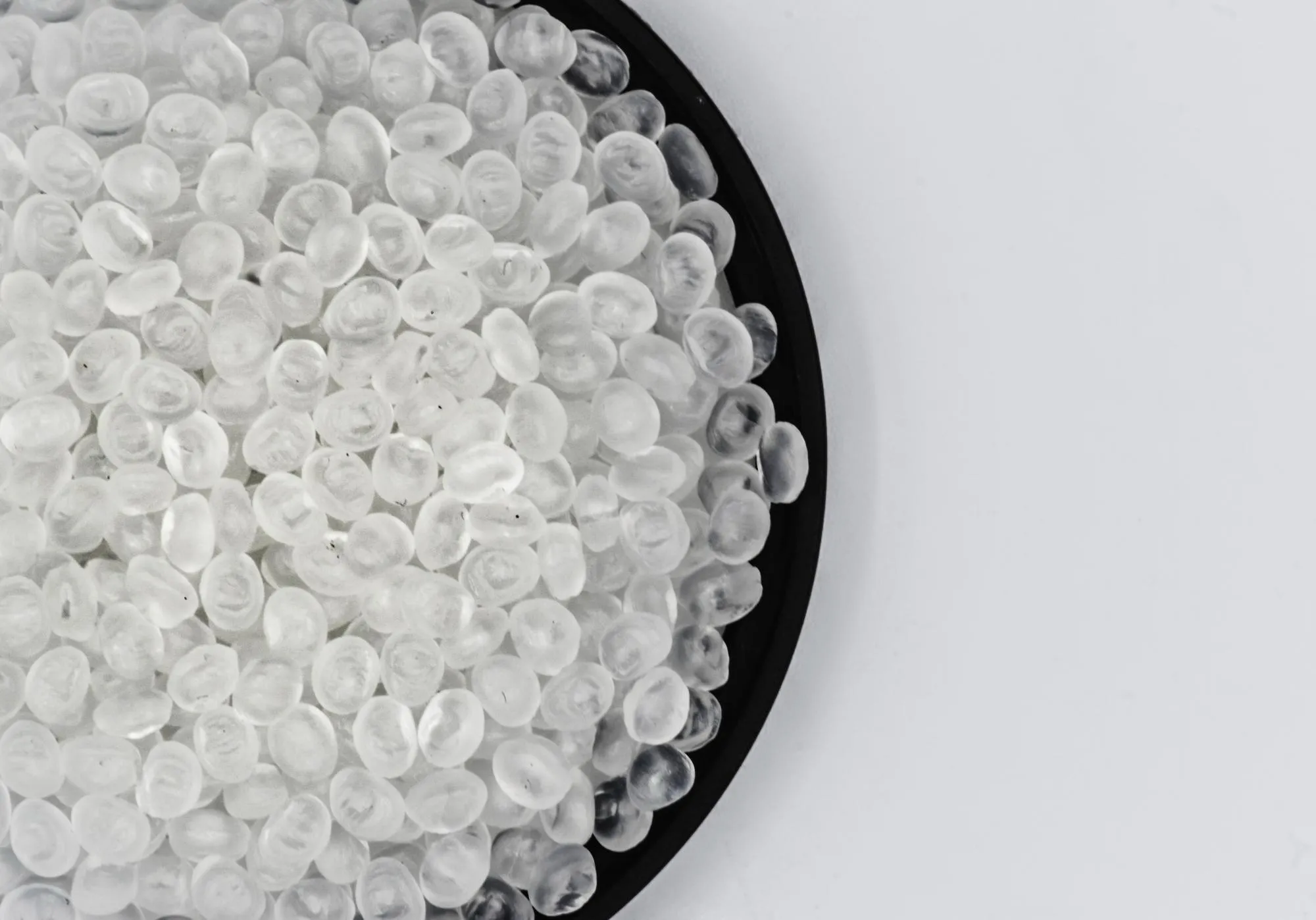In recent years, environmental pollution has become an enormous concern, particularly with the contamination of water bodies through industrial effluents. One of the common pollutants found in industrial wastewater is synthetic dyes, which are notoriously difficult to remove due to their complex chemical structures and resistance to degradation. Among these dyes, methyl orange, an acidic dye, has been identified as particularly harmful to aquatic life and human health. The quest for efficacious and sustainable methods to combat such pollution has led scientists to explore various materials and technologies. A significant leap has been made in this field with the development of a new bio-nanocomposite hydrogel film that showcases efficient uptake of methyl orange dye.
Article DOI: 10.1016/j.carbpol.2023.121721
Published in the ‘Carbohydrate Polymers’ journal (Vol. 328, March 15, 2024, unique identifier S0144-8617(23)01186-4), this pioneering work presents a chitosan and silica nanoparticles-modified xanthan gum-derived bio-nanocomposite hydrogel film. The study was conducted by principal researcher Rahmatpour Ali and his colleague Hesarsorkh Amir Hossein Alizadeh from the Polymer Chemistry Research Laboratory at Shahid Beheshti University in Tehran, Iran. The paper, identified by the PubMed ID 38220324, signifies a noteworthy advancement in environmental chemistry and polymer science, highlighting a sustainable strategy for pollutant removal from water sources.
Researchers in the Polymer Chemistry Research Laboratory at Shahid Beheshti University have honed in on carbohydrate polymers owing to their biocompatibility, biodegradability, and abundance in nature. They capitalized on the inherent properties of chitosan, xanthan gum, and silica nanoparticles to fabricate a bio-nanocomposite with superior adsorption qualities. The result is a bio-nanocomposite hydrogel film (CS/XG.SiO2) that can efficiently remove methyl orange from aqueous solutions.
Chitosan, a natural polysaccharide derived from chitin, possesses strong film-forming abilities, non-toxicity, and biocompatibility. Xanthan gum, a polysaccharide secreted by the bacterium Xanthomonas campestris, is known for its viscosity and stability, making it an excellent component for hydrogel films. The addition of silica nanoparticles enhances the structural integrity of the hydrogel and its adsorption capacity due to their large surface area and reactivity.
In laboratory experiments, the novel CS/XG.SiO2 hydrogel films demonstrated a considerable affinity for methyl orange, indicating a potential for practical application in wastewater treatment facilities. The research paper meticulously details the synthesis process, characterizations, and adsorption kinetics, providing invaluable information for environmental scientists and industrial applications alike.
One of the most remarkable aspects of this innovation is the potential impact on sustainable water management. Traditional methods for dye removal from wastewater, such as activated carbon adsorption, chemical oxidation, or biological treatments, are either inefficient, expensive, or generate secondary pollutants. In contrast, the bio-nanocomposite hydrogel film offers an eco-friendly and cost-effective alternative that can be easily deployed in existing water treatment infrastructures.
The authors, Ali and Hossein Alizadeh, have declared no competing interests, reinforcing the credibility of their research. Peer-reviewed and situated within one of the leading journals dedicated to carbohydrate polymers, their work stands out as both rigorous and pioneering.
References
1. Li, Q., Mahendra, S., Lyon, D. Y., Brunet, L., Liga, M. V., Li, D., & Alvarez, P. J. (2008). Antimicrobial nanomaterials for water disinfection and microbial control: Potential applications and implications. Water Research, 42(18), 4591-4602.
2. Crini, G., Lichtfouse, E., Wilson, L. D., & Morin-Crini, N. (2019). Conventional and non-conventional adsorbents for wastewater treatment. Environmental Chemistry Letters, 17(1), 195-213.
3. Thakur, V. K., & Thakur, M. K. (2014). Processing and characterization of natural cellulose fibers/thermoset polymer composites. Carbohydrate Polymers, 109, 102-117.
4. Rinaudo, M. (2006). Chitin and chitosan: Properties and applications. Progress in Polymer Science, 31(7), 603-632.
5. Wang, J., Chen, C. (2014). Chitosan-based biosorbents: Modification and application for biosorption of heavy metals and radionuclides. Bioresource Technology, 160, 129-141.
The investigative efforts of Rahmatpour Ali and Hesarsorkh Amir Hossein Alizadeh reflect the ongoing commitment of the scientific community to address complex environmental challenges. Their study not only advances our understanding of how bio-nanocomposites can be leveraged for dye removal but also opens up new avenues for research into water purification technologies.
Keywords
1. Bio-nanocomposite hydrogel
2. Methyl orange dye removal
3. Environmental remediation
4. Chitosan-silica adsorbent
5. Xanthan gum polymer
By integrating these keywords, the content stands to attract readers interested in environmental technology, sustainable chemistry, water treatment solutions, and the latest scientific advancements in polymer research. The pioneering work of these Iranian researchers is a testament to the relentless pursuit of innovation needed to pave the way for a cleaner and more sustainable world.
